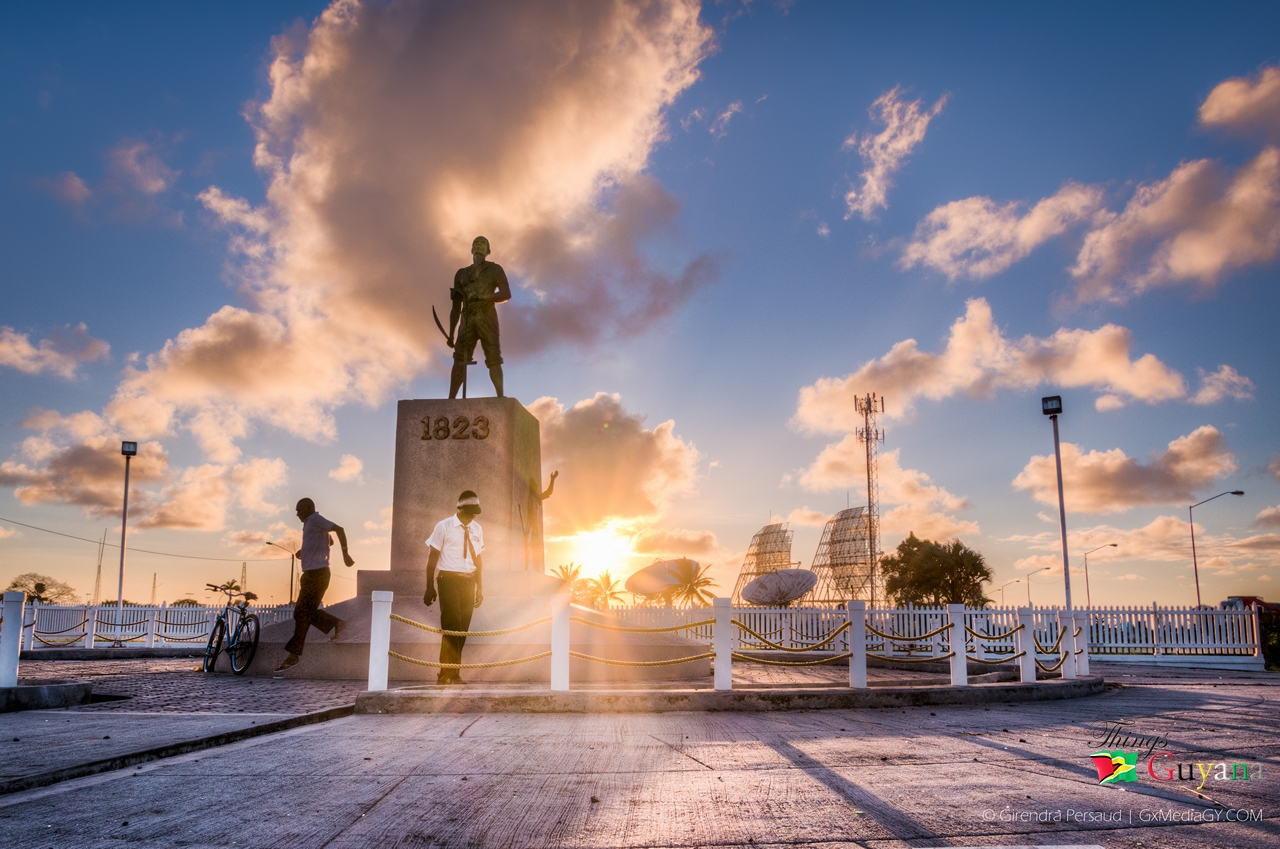The Demerara Rebellion of 1823 was an uprising involving more than 10,000 slaves that took place in the Crown colony of Demerara-Essequibo. The rebellion, which took place on 18 August 1823 and lasted for two days, was led by slaves with the highest status. In part they were reacting to poor treatment and a desire for freedom; in addition, there was a widespread, mistaken belief that Parliament had passed a law for emancipation, but it was being withheld by the colonial rulers. Instigated chiefly by Jack Gladstone, a slave at “Success” plantation, the rebellion also involved his father, Quamina, and other senior members of their church group. Its English pastor, John Smith, was implicated.
The largely non-violent rebellion was brutally crushed by the colonists under governor John Murray. They killed many slaves: estimates of the toll from fighting range from 100 to 250. After the insurrection was put down, the government sentenced another 45 men to death, and 27 were executed. The executed slaves’ bodies were displayed in public for months afterwards as a deterrent to others. Jack was deported to the island of Saint Lucia after the rebellion following a clemency plea by Sir John Gladstone, the owner of “Success” plantation. John Smith, who had been court-martialed and was awaiting news of his appeal against a death sentence, died a martyr for the abolitionist cause.
News of Smith’s death strengthened the abolitionist movement in Britain. Quamina, who is thought to have been the actual leader of the rebellion, was declared a national hero after Guyana’s independence. Streets and monuments have been dedicated to him in the capital of Georgetown, Guyana.
Article from Wikipedia, 2016.
Picture: The 1823 Monument, Kitty Sea Wall, Carifesta Avenue, Georgetown, Guyana







